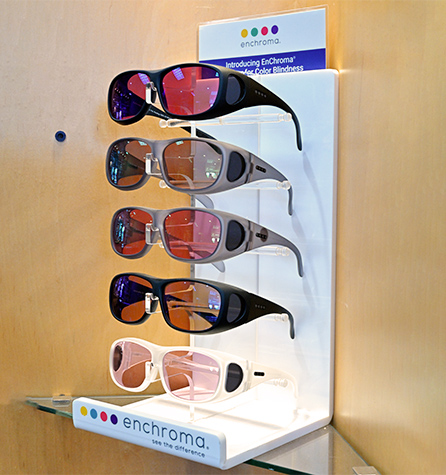What Is Color Vision Deficiency?
Color vision deficiency, commonly known as color blindness, affects your ability to recognize certain types of color. While many people who have CVD can see various colors, the type of CVD they have can mute, change, or dull others. This condition occurs when certain cells in your retina, known as photopigments, fail to read certain wavelengths of light.
For example, people with red-green color blindness might have difficulty seeing the “red” in colors like orange or purple.
There are 3 different categories of color blindness:
Red-green color blindness is the most common category, and it affects how you interpret red and green. There are 4 types of red-green color blindness:
- Deuteranomaly causes green colors to look more like red.
- Protanomaly causes red to look more green.
- Protanopia and deuteranopia make it difficult to tell the difference between red and green.
Blue-yellow color blindness affects how you see blue and yellow. There are 2 different types:
- Tritanomaly affects your ability to distinguish the difference between blue and green, or yellow and red.
- Tritanopia mutes all color vibrancy and affects how your eyes tell the difference between blue and green, purple and red, or yellow and pink.
Complete color blindness, or achromatopsia, is the complete lack of color vision. It is very rare and only affects 1 in 30,000 people.










